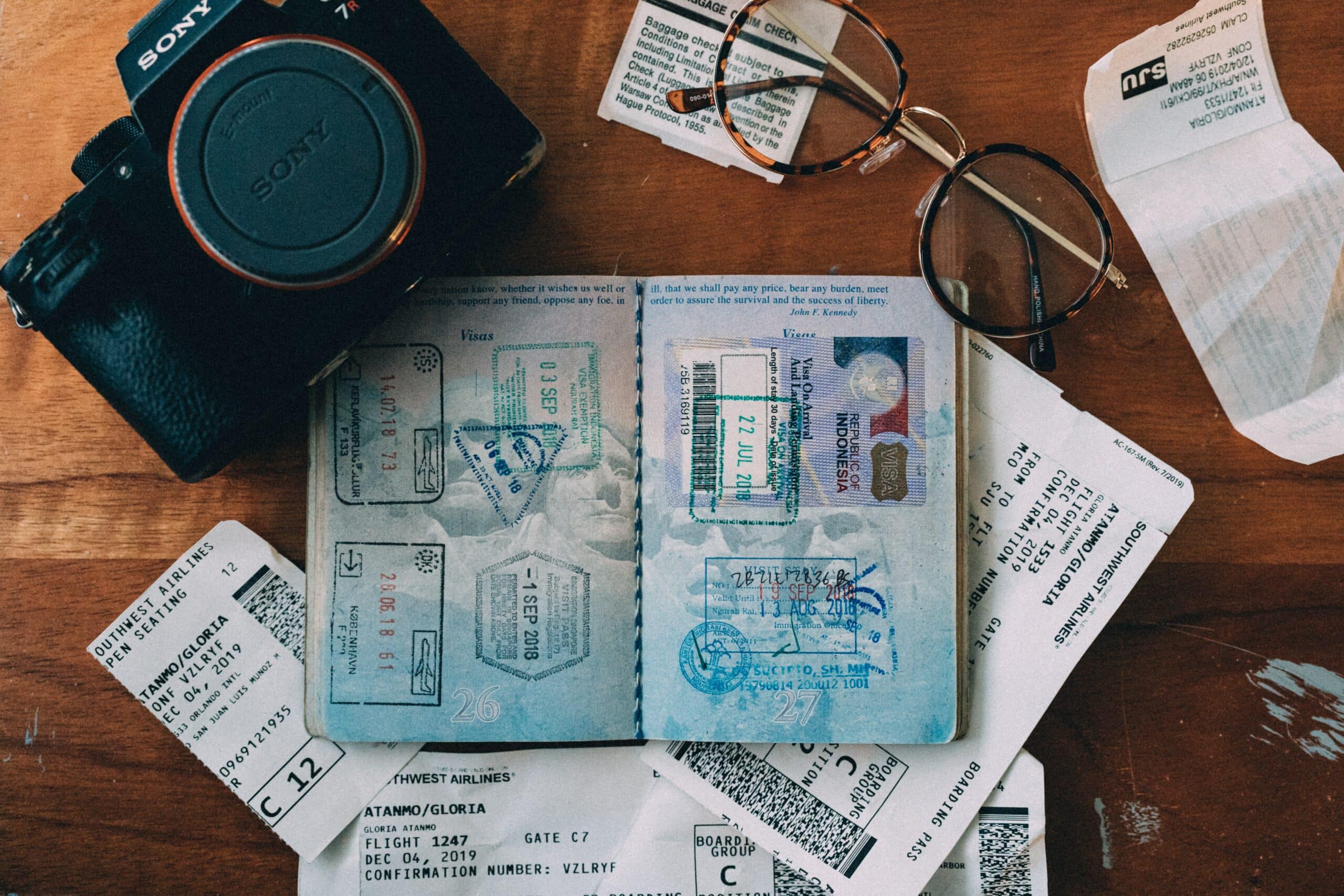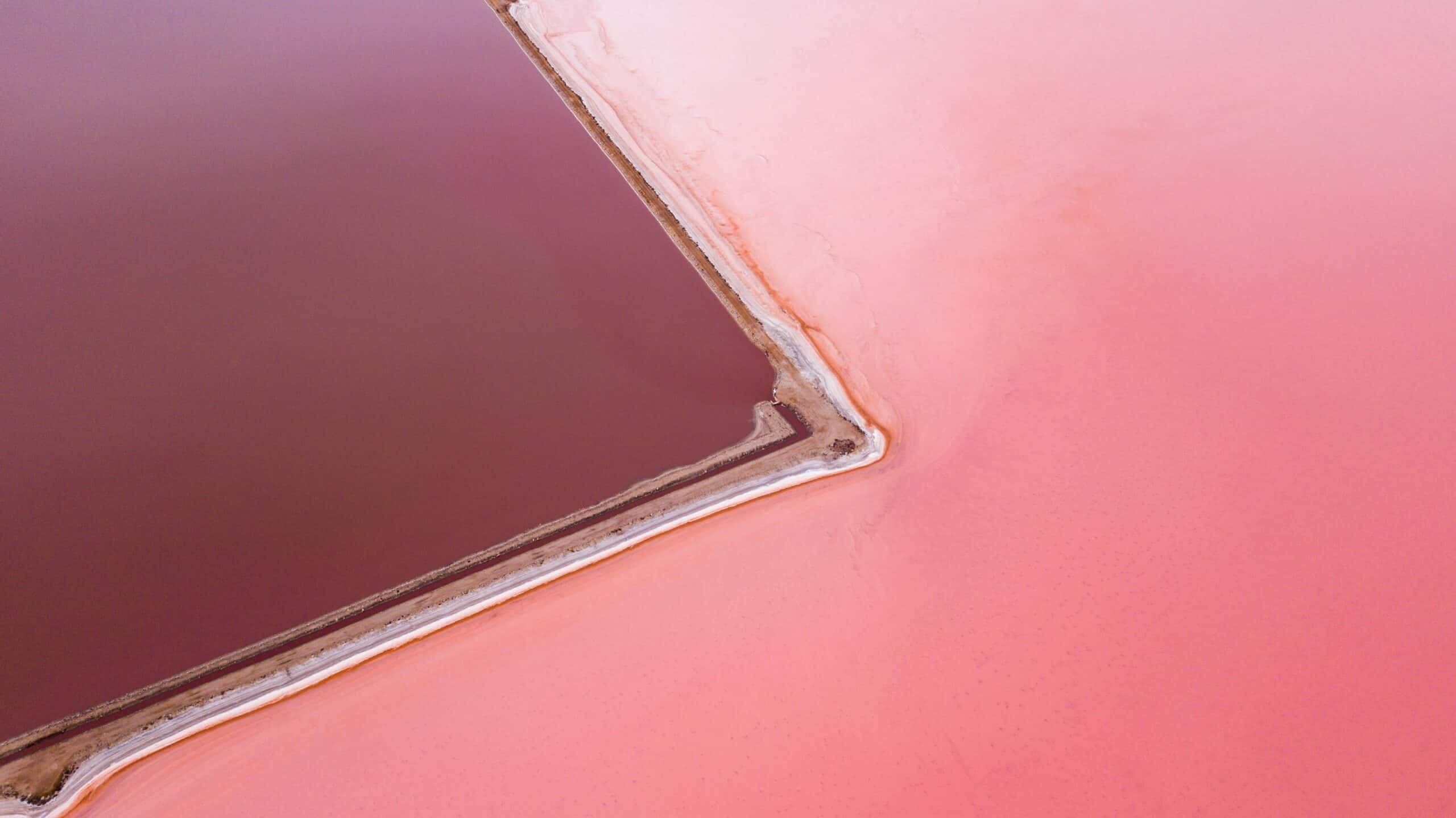Scattered across Britain stand iconic red phone boxes known as the K6, whose unique design encapsulates retro 20th century style. These quintessential English symbols have enchanted people worldwide despite mobile phones making them practically obsolete.
Booths of Crimson
The K6 phone box bears a signature crimson shade lovingly dubbed “english red.” Its domed roof, crowned with a small hexagonal overhang, allows rainfall to run off the sides easily. A glass window surrounds the phone on three sides for whole visibility while a shorter fourth panel contains vent holes for circulation.
Cast iron constructs the K6 to withstand vandalism and weathering for decades. Many retain original 1935 “Tudor Crown” insignia representing the British government telecommunications branch that managed phone boxes at the time.
Roots of an Iconic Design
Sir Giles Gilbert Scott, famed English architect, created the K6’s distinctive style. Its crown-like shape actually paid homage to King George V, England’s monarch in 1936 when the K6 first appeared. That same year journalists affectionately dubbed it the “Jubilee kiosk” to celebrate King George V’s silver jubilee.
The K2 phone box model preceded Scott’s K6 design. But the K6 surpassed it in robustness and visual flair. Its taller height fit a full-sized door allowing wheelchair access, an important accessibility upgrade. The Post Office loved the refined K6 and by 1939 installed almost 60,000 nationwide.

Saving a Cultural Legend
After WWII and the dissolution of the government telephone branch, British Telecom took ownership of phone boxes. Many classic K6 booths stood removal given their operational obsolescence in the 21st century mobile phone era.
But public outcry erupted over losing these symbolic landmarks dotted across Britain’s landscape, resulting in heritage protection for many. The unmistakable sight of a red phone box persists as quintessential British imagery used extensively in media, advertising and more.
Fans and tourists alike photograph favorite K6 booths daily. English actor Hugh Grant once purchased the iconic Muswell Hill K6 booth to prevent removal. Some towns converted phone boxes into mini museums, libraries, defibrillator stations, or art displays.
One seaside village transformed their K6 into an aquarium for local sea life. The tiny Library Box in Devon loans books on the honor system 24/7. Some quirky conversions include a mini pub, plant swap station, or neighborhood take-a-book sites.
Pop Culture Star Power
The Doctor Who sci-fi series forever iconized the blue police box prop as the doctor’s time machine. But in real life, Britain’s little red phone box reigns as a cultural legend for generations past and future.
Harry Potter fans geek out over the phone booth entrance to the Ministry of Magic in London just as much as the famous Platform 9 3⁄4 at King’s Cross Station. Music videos, albums, tourists photos and Hollywood movies spotlight the photogenic K6 constantly.

This 20th century icon continues spotlighting London’s streets and countrysides into the 21st century through artistic recreations. The resilient red phone box prevails as one of Britain’s most beloved visual symbols persevering public affection despite mobile phones replacing their functionality.









